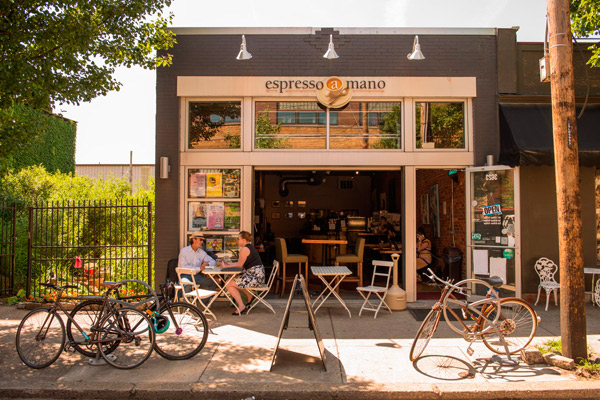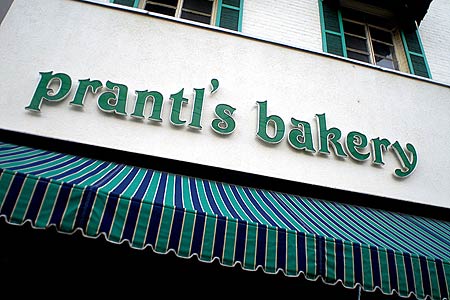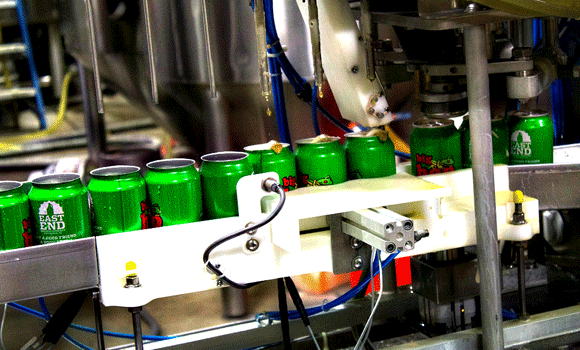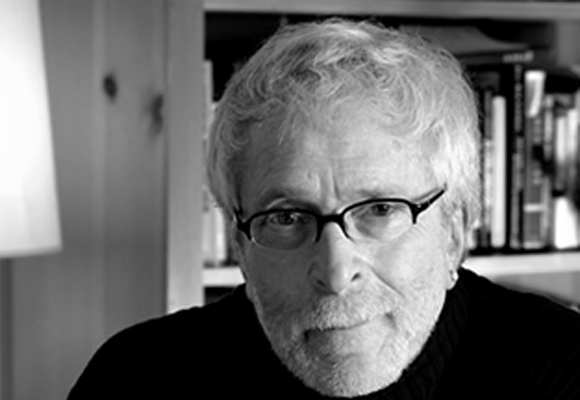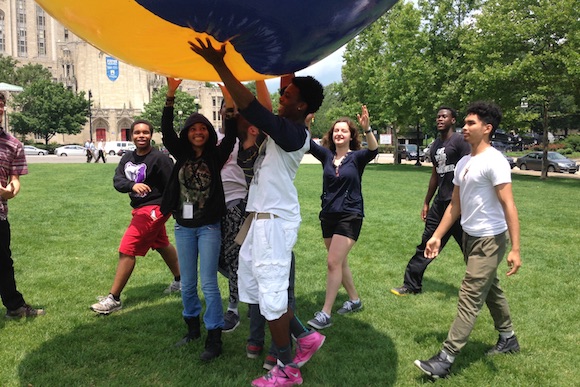It seems like once a month a new survey or study is released that touts Pittsburgh as a top city under attractive metrics like livability, young professional happiness or affordability of housing — and apparently young people are listening.
According to American Community Survey data from between 2005 and 2012, Pittsburgh is at the top for growth among young adults when compared to other Rustbelt and Midwestern cities such as Cleveland, Indianapolis, Columbus, St. Louis and even Chicago. This youthful trend is further supported by 2010 census data showing that the median age of a Pittsburgh resident dropped from 35.5 to 33.2 between 2000 and 2010.
There’s also a growing trend among the millennial generation to choose city life over suburban sprawl, making Pittsburgh’s more than 90 urban neighborhoods hotbeds of activity.
However, some areas are getting more love than others. We’ve got the scoop on a few of the many neighborhoods that are attracting millennials and the reasons why young residents are drawn to them.
Lawrenceville
Lawrenceville is recognized for its strong sense of community among residents and business owners. It's also an attractive location for hipsters with plenty of coffee shops, unique eateries and retailers hocking American-made artisanal goods.
Between 2000 and 2010, the number of young adults in Lawrenceville (ages 18 to 24) grew by 25 percent, outpacing the city average of 17 percent.
Julia Cowher, a 25-year-old content creator for Dick’s Sporting Goods is one of the many young adults that have flocked to the neighborhood; she has lived here for the past four years.
“I chose to live in Lawrenceville because I wanted to live in a walkable neighborhood with great restaurants, bars and shops,” she says. “I can enjoy a coffee from one of the several coffee houses, shop at great boutiques, get a growler from one of the neighborhood breweries or wineries, and take my dog to the dog park.”
Some of Cowher’s favorite Lawrenceville businesses include Espresso a Mano, Round Corner Cantina, Pageboy, Hambone's, Industry Public House, Roundabout Brewery and Arsenal Cider.
“Lawrenceville really has it all,” she adds.
Mt. Washington
With the highest concentration of residents being between the ages of 20 and 34 and an average age of 35, Mt. Washington is another winner when it comes to attracting younger residents.
The amazing cityscape views and easy access to downtown via the Monongahela Incline and city bus system are two major draws of this hilltop ’hood. It also has quite a few trendy spots including Shiloh Grill, The Summit, Packs & Dogs and Redbeard’s Bar and Grill.
Sarah Kovash, 26, is a web editor for KDKA-TV. She moved to Pittsburgh from San Diego two years ago and currently calls Mt. Washington home.
“My neighborhood is great,” she says. “I love seeing the view when I drive down Grandview most of all, but it’s extremely convenient for commuting to work downtown and getting pretty much everywhere I go.”
Her first year in Pittsburgh, she lived in Cranberry with family and felt disconnected by the distance from downtown, but since moving to Mt. Washington, she feels more part of the excitement.
“When I moved to Mt. Washington, my experience in Pittsburgh completely changed,” she says. “I felt like a lot of new doors opened up for me personally and professionally. I can’t speak for everyone, but personally, I want to be at the epicenter. I want to be where there’s more people and restaurants and bars and activities.”
When talking to friends and family in San Diego, she tries to explain her new home the best she can.
“I think my friends back in California still have a tough time understanding that Pittsburgh has just as good of a social scene and that people out here don’t all work in steel mills and wear clothes that were popular 15 years ago,” she says. “Pittsburgh has just as much going on as San Diego does — I would say even more in some ways. I keep trying to explain that to my friends back home. I’ve beaten it into their brains enough that I think they’re starting to believe me.”
Shadyside
Shadyside has long been a desirable neighborhood for Pittsburghers of any age, but with a median age of 28, it’s especially appealing for the younger set. While real estate can be quite expensive in this traditionally upscale neighborhood, rent can be reasonable if you’re willing to sacrifice some square footage.
Dan DeCapria, 29, has been living in Shadyside since 2006, when he was a Carnegie Mellon University student and got his first off-campus housing with a friend.
DeCapria was raised in the suburbs in Elizabeth Township, and once he had his first taste of city living in college, he didn’t want to leave.
“I grew up in the suburbs, and then I grew out of the suburbs,” he says. “When I went to university within the city, I found the convenience, culture and personality of the city to be more exiting and inviting than what the suburbs were offering. In my current position in life, I am a city person through and through.”
Since adopting the city-dweller lifestyle, DeCapria has lived all over Shadyside — a total of five places in the neighborhood — and has come to notice one particular aspect of the neighborhood that stands out: his neighbors.
“Everyone is very friendly and you quickly get to know your neighbors,” he says. “I feel that the Shadyside community embodies the spirit of Pittsburgh, the Fred Rogers way.”
DeCapria, like many other millenials, also enjoys how Shadyside provides him with easy access to work and play. The startup company he works for, CivicScience, is a 15-minute walk from his apartment. He can also walk to a variety of his favorite bars and restaurants such as Kelly’s, Le Mardi Gras, Pamela’s Diner and Prantl’s Bakery.
South Side
South Side has long been recognized as a neighborhood that appeals to young adults. According to the 2010 census, 39.4 percent of Southside’s population is aged 25 to 44 years old, which is the highest share of any age group.The median age is 29.7.
Adjacent to the Monongahela, South Side is best known for the bar and restaurant scene along East Carson Street. On any given Friday or Saturday night, there are hundreds of patrons bar hopping, shopping, getting dinner or catching a movie at one of the neighborhoods many businesses.
Middle school teacher Sean Lohrer, 28, has lived in South Side with his fiancé for two years now and came to the neighborhood specifically for its party atmosphere.
“Put all of your favorite dive bars, pubs, high-end clubs, corner stores, sandwich shops, restaurants and boutiques side-by-side on the same street and that’s the South Side,” says Lohrer.
Personally, Lohrer enjoys the Smiling Moose, Fat Head's, Dish Osteria and Bar, Cambod-Ican Kitchen, Commonwealth Press and the farmer's market on 18th in the summertime. His all-time favorite spot in South Side is the Milk Shake Factory.
Like you’d probably expect from a South Side resident, Lohrer is also a big fan of the neighborhood’s nightlife and was bar hopping in the area long before he was a resident.
“My fiancé and I both partied on Carson Street before, so we knew the neighborhood well before we moved here,” he says. “There isn't a person that I know that doesn't know about the South Side's reputation as a spot to party.”
Squirrel Hill
Safe streets, easy access to downtown, two nearby parks and the convenience of many shops, grocers and eateries within walking distance make Squirrel Hill another favorite neighborhood for young adults.
Historically, this area has been home to Pittsburgh’s Jewish community, but recently, young adults have been moving here to reap the benefits of the already established locale.
The median age of a Squirrel Hill resident is 35, which reflects the mix of young adults and the older community that has blended together in the neighborhood.
Wende Burgess, 26, has been a resident of Squirrel Hill since 2011. She is a contract analyst for Williams Companies.
“Squirrel Hill has a young/fun vibe mixed with an older, more established community,” says Burgess. “There is a huge orthodox religious population which keeps the area very straight and not as quirky or crazy as some surrounding neighborhoods can be.”
Wende also enjoys the easy access she has to Shadyside, without having to deal with the higher costs of the neighborhood.
“Squirrel Hill still has a fairly low cost of living and its close enough to Shadyside that you can get to the cool bars and vibe surrounding Walnut Street,” she explains.
Burgess also enjoys many of the businesses right in Squirrel Hill. For example, she spends many of her weekend afternoons at Independent Brewing Company, sipping many of the locally produced beers they have on tap.
Additionally, the neighborhood has a great variety of ethnic cuisine ranging from the Jewish comfort food available at Nu and Smallman Street Deli to Thai, Indian, Korean and Vietnamese fare from varying restaurants on Murray and Forbes avenues.
Pittsburghers, what neighborhoods are you noticing getting younger? What's the next neighborhood to be added to this list?


